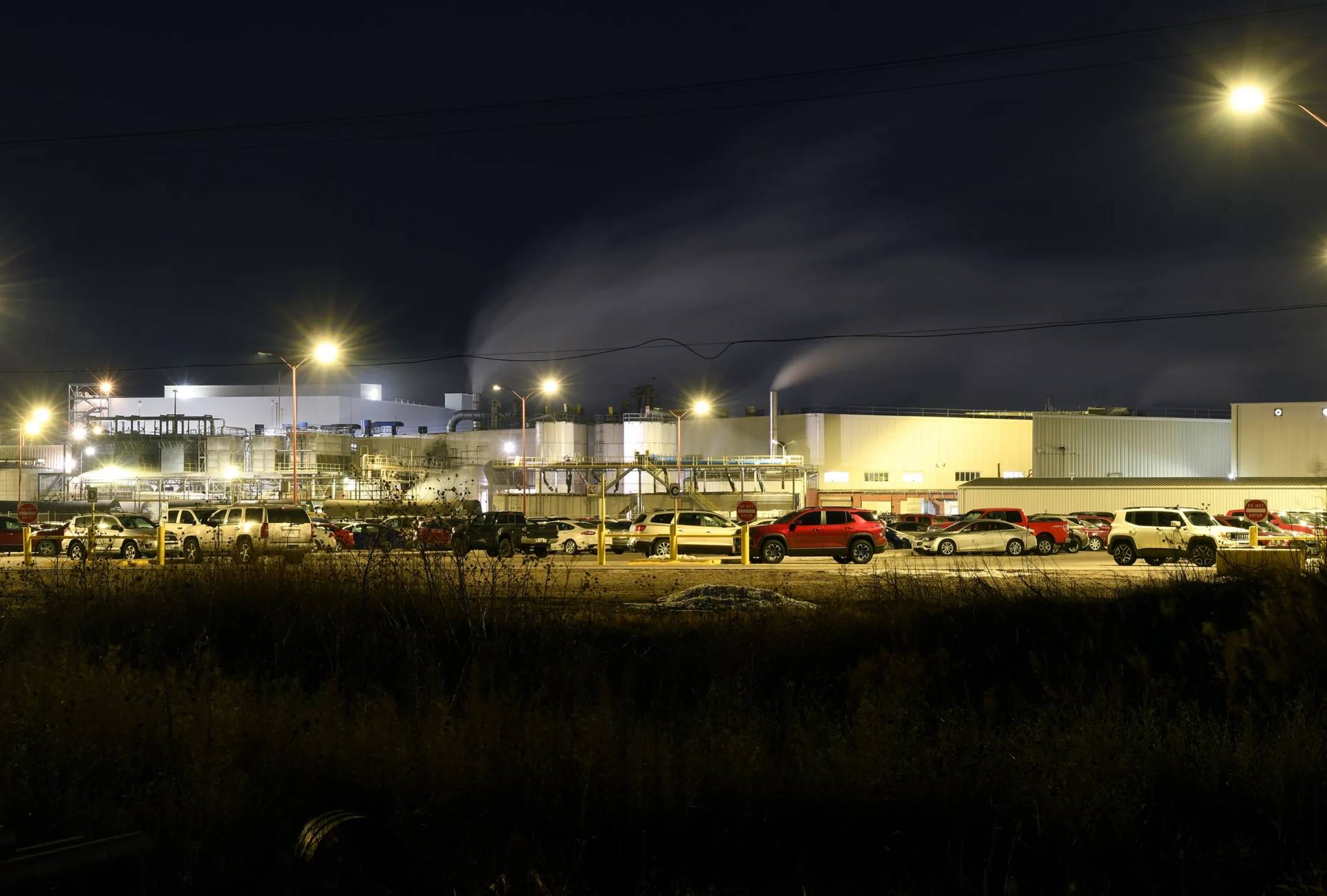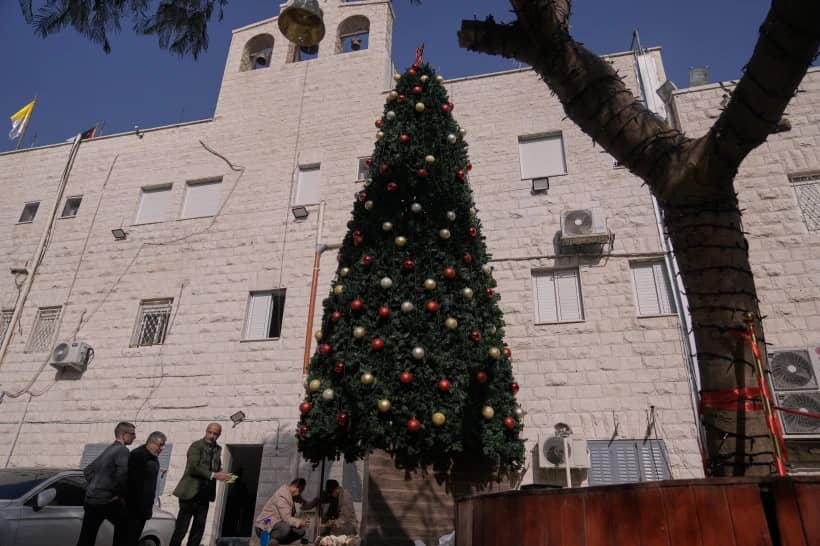ROME— Father Joseph Enkh-Baatar is faced with a great challenge: As of Sunday, he’s the first “native” priest of Mongolia, one of the world’s largest countries in terms of size, landlocked between Russia and China.
“I feel elated that after almost a fourth of a century of Church presence in non-Christian Mongolia, a miracle happens… the ordination of the first ever indigenous priest in the vast steppes. I share the excitement and joy of our few Christian Catholics,” said Bishop Wenceslao Padilla, who’s in charge of the tiny Catholic community in Mongolia.
Padilla, a Filipino, was part of the group of 3 missionaries who arrived in the country in 1992, after a dark period of communist rule during which all religious practices were suppressed.
His official title today is that of “Apostolic Prefect.” The Catholic community in the country’s capital, Ulaanbaatar, can’t be considered a diocese yet because, among other reasons, it’s too small and unable to support itself.
Born in semi-tropical Philippines, Padilla got used to cold winters during his first missionary post, in Taiwan, where he served for 15 years. His time there prepared him for what was waiting in Mongolia, where the Catholic population was non-existent, there was a predominant nomadic culture, and long and harsh winters, with temperatures reaching -20 degrees.
This missionary of the Congregation of the Immaculate Heart of Mary helped establish the first Catholic parish in 1994, was present during the first baptisms in 1995, and was created bishop in 2003. It’s only fitting, therefore, that he’d be there to ordain the first Mongolian priest.
According to the Catholic Almanac, the Catholic population in the country today is estimated at 1,000 people, representing .04 percent of the total population of less than three million.
Padilla and those who arrived with him had a huge disadvantage: Starting a local Christian community, with no model or infrastructure, and, as is usually the case in these situations, insufficient resources. Yet where some see a challenge, others see an opportunity.
“The advantage is to be able to start with anything that one deems right to do,” Padilla told Crux.
“It gives a lot of freedom for creativity, without losing the essentials of what ought to be done basing oneself from the reality of the place and people,” he said. “Trying to adapt to people’s way of thought and doing things is an advantage.”
Even though he’s the first local priest, Enkh-Baatar won’t be alone in his ministry: Mongolia today has 20 priests and more than 50 nuns, who’ve come from 21 different countries and 12 congregations. Quite literally, the face of the Universal Church is present in this vast nation.
It’s precisely this that makes this first Mongolian priest so important. He can be a bridge between Catholicism and the local community, which has a rich and ancient culture that foreigners sometimes find hard to assimilate.
Civil authorities attended the ceremony, including the mayor of Ulaanbaatar and the governor, together with many non-Christians or non-baptized people who work closely with the church.
In addition to the 1,500 attendees, there were close to 100 priests from South Korea, which has strong missionary ties with the country. The papal representative to Korea and Mongolia, Archbishop Osvaldo Padilla (also a Filipino), and the archbishop of Daejeon, in South Korea, Lazarus YouHeung-sik, concelebrated.
Odds are, soon there will be other priestly ordinations following that of Enkh-Baatar, as there are three seminarians currently studying in Daejeon.
Ordained in the cathedral of St. Peter and Paul, the new priest will carry his ministry in the small Catholic community of Arvaiheer, where he’ll soon learn the names and faces of all the members of his congregation, if he hasn’t already: 21 people, according to Vatican Radio, are eagerly waiting for him.
The missionary work Padilla and the others have done has been slow but steady, always respectful of a country that, although guaranteeing freedom of religion, is wary of proselytism, and has literally no Christian tradition to speak of.
Before the long decades of Soviet rule, Mongolia had a strong Buddhist presence: in the 1920s, one-third of the male population were monks, and the country had over 700 temples.
Buddhist predominance continues, with 53 percent of the Mongolians identifying as such according to the 2010 census. But the Soviet ban on religion left its mark: almost 40 percent of the total population said they’re not religious, and just three percent are Muslims.
For this reason, interreligious dialogue has been a key element in missionary work.
“One of the first moves we made was to interact with some leaders of the prevailing religions present in Mongolia at that time of our inception, [such as] Buddhism,” Padilla said, recounting that in the first days of their arrival, they visited some temples and most importantly the highest leader of Buddhism.
“We declared from the very beginning that we are open to inter-faith and interreligious dialogue,” he said.

















